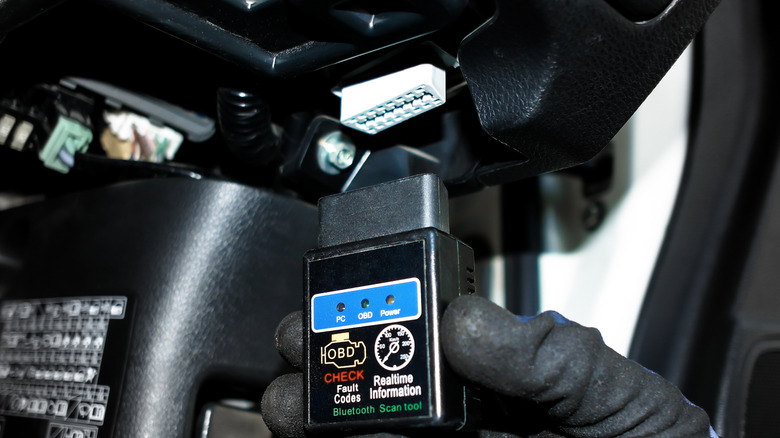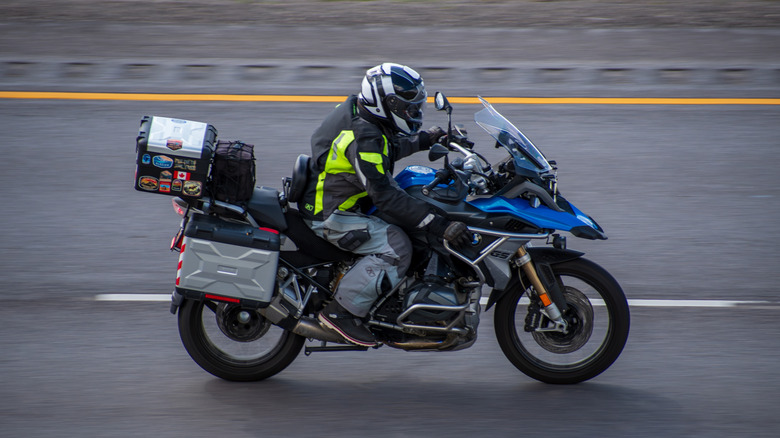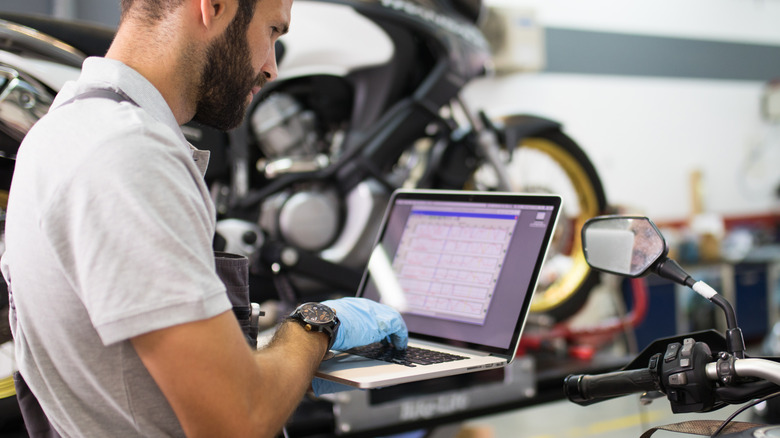
If you've ever connected a standard OBD-II scanner to your motorcycle only to find it doesn't work as expected, you're not alone. Unlike cars, which were required to adopt the OBD-II standard way back in 1996, motorcycles were left out of the rulebook. In fact, most motorcycles -- even modern ones -- still rely on manufacturer-specific diagnostic systems, instead of a universal OBD-II setup. That means no plug-and-play simplicity, at least not without a little help.
OBD-II, short for On-Board Diagnostics
version 2, was originally created to help regulate emissions and make diagnostics easier across all car brands. It offered a standard way for mechanics to read engine trouble codes and analyze real-time data.
Motorcycles, however, were exempt from that requirement. While OBD-II became a legal must-have for cars in the U.S., bikes continued using their own in-house protocols. Some brands leaned into the technology early, especially European ones, but even today, OBD-II isn't universally used on two-wheelers.
Read more: 6 Of The Fastest Cruiser Motorcycles, Ranked By Top Speed
When Did Motorcycles Actually Start Using OBD-II?

There's no clear-cut year when motorcycles made the leap from OBD-I to OBD-II, because most of them technically never did. What happened instead was the slow introduction of OBD-II systems, especially in high-end motorcycle brands like BMW, Ducati, and Triumph. These brands began using systems based on CAN BUS, a digital communication network that lets different parts of the bike talk to each other. CAN BUS makes it easier to access data like ABS, fuel mapping, and error codes.
In the U.S., there's still no nationwide law requiring OBD-II on motorcycles, but that's changing -- at least in California. Starting with the 2028 model year, California will mandate that most new street-legal motorcycles include OBD systems under CARB regulations. This phased approach will require 30% compliance in 2028, 60% in 2029, and 100% by 2030.
Elsewhere, like in India, similar laws are already in effect. Since April 2023, all new two-wheelers sold in India must include OBD-II systems. Honda was among the first to comply, launching the Activa, an automatic scooter, with an OBD-II port as early as January 2023.
How To Tell If Your Motorcycle Uses OBD-I Or OBD-II?

If you're not sure which OBD port your motorcycle uses -- OBD I or OBD II, the first clue is the year and make. Bikes sold after 2023 in India are almost guaranteed to have it. European bikes from the last decade often use OBD-II-compatible systems, while Japanese models tend to stick with brand-specific tools like Honda's HDS or Suzuki's SDS. One easy way to check is to find the OBD-II port, which is usually under the seat or near the battery. OBD-II ports are trapezoidal, but if yours looks different, you probably need a special adapter.
You can also turn on the ignition and see if any lights flash on the dashboard. Sometimes, a message to check the engine or warning light might mean the bike supports some kind of onboard diagnostics. Tools like the ANCEL MT700 support over 500 motorcycle models and include swappable connectors for brands like Yamaha, Ducati, and Harley-Davidson. If your bike uses CAN BUS and you've got the right adapter, even a basic OBD-II scanner might work just fine.
Want the latest in tech and auto trends? Subscribe to our free newsletter for the latest headlines, expert guides, and how-to tips, one email at a time.
Read the original article on SlashGear.












